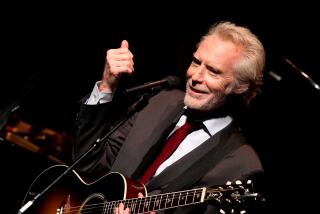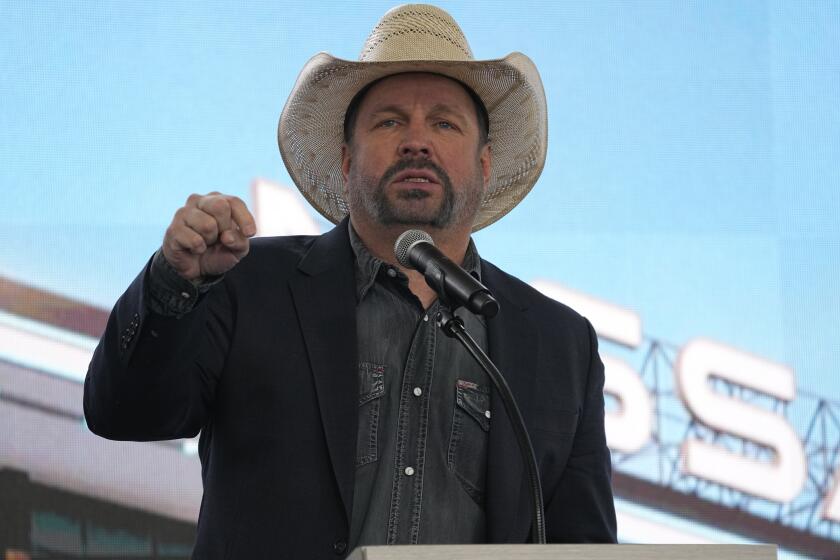An unsigned standout in a crowded field
Tessa Souter is not a name that is likely to ring any familiar bells. Not at the moment, that is. But the impressive performance by the Afro-British Caribbean jazz singer at Catalina Bar & Grill on Monday night suggested that her relative obscurity may be about to end.
Gracefully commanding stage center, with guitarist Larry Koonse at her right, bassist Jeff Littleton and drummer Kendall Kay on her left, the slender, dark-haired Souter offered one of the most imaginatively programmed vocal sets of recent memory. Starting with a brief but steamy “Lazy Afternoon,” she embarked on a musical journey that took her from Freddie Hubbard’s “Little Sunflower” and Sting’s “Fragile” through Joaquin Rodrigo’s “Concierto de Aranjuez,” John Coltrane’s “Wise One” and Billie Holiday’s “Left Alone” before winding up with Leon Thomas’ “The Creator Has a Master Plan” and a climactic “Caravan.”
Along the way, Souter provided many of her own lyrics -- for “Little Sunflower,” the “Concierto,” “Wise One” and Pat Martino’s “Willow,” among others -- and added an attractive tune of her own, “You Don’t Have to Believe.”
That would be an extraordinarily full plate for a well-established singer, let alone one who -- mystifyingly -- has not yet been signed to a recording contract. Although Souter is still a bit rough around the edges, her sights were set so high that it was hard to be bothered by her occasional small lapses in pitch or accent. When she was good -- which was most of the time -- she was very good indeed, using her pliable, lush-toned voice at the service of often difficult melody lines. Comfortable with musical paraphrase, harmonically adept, she freely varied her phrases while remaining firmly in touch with the words and the meanings of her songs’ lyrics.
Souter, whose musical sophistication gives her a significant advantage in the competitive clamor surrounding the current world of ambitious female jazz vocal artists, also has a rare quality of authenticity. Unlike many of her contemporaries, she seems more focused on exploring the limitless creativity of the art than simply having another go at the Great American Songbook. It remains to be seen whether the jazz record business, in its infinite confusion between art and commerce, can find a place for such an imaginative quest.
More to Read
The biggest entertainment stories
Get our big stories about Hollywood, film, television, music, arts, culture and more right in your inbox as soon as they publish.
You may occasionally receive promotional content from the Los Angeles Times.








